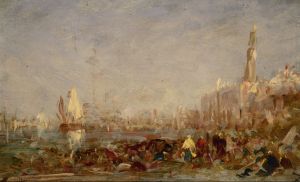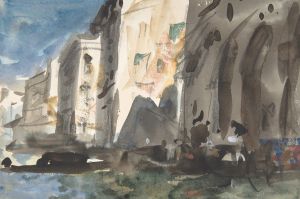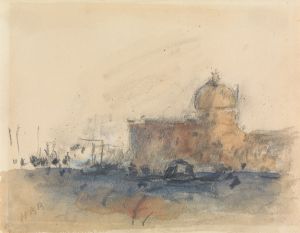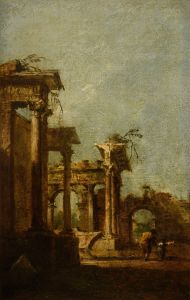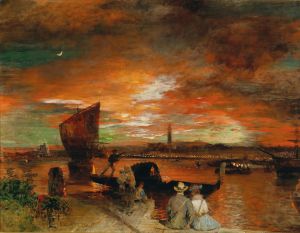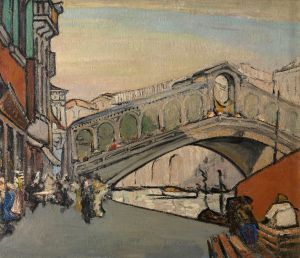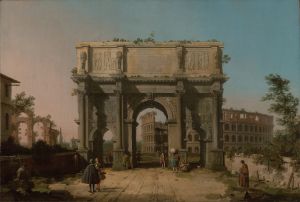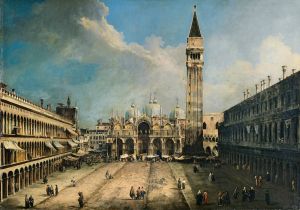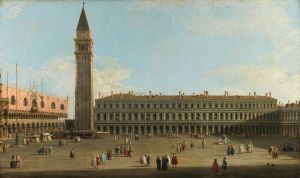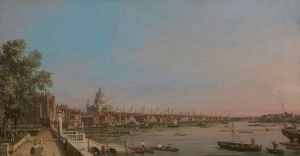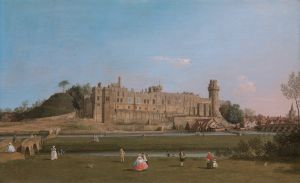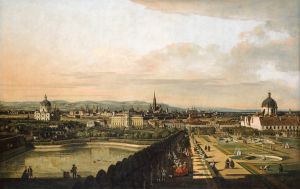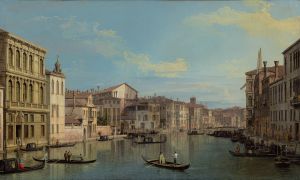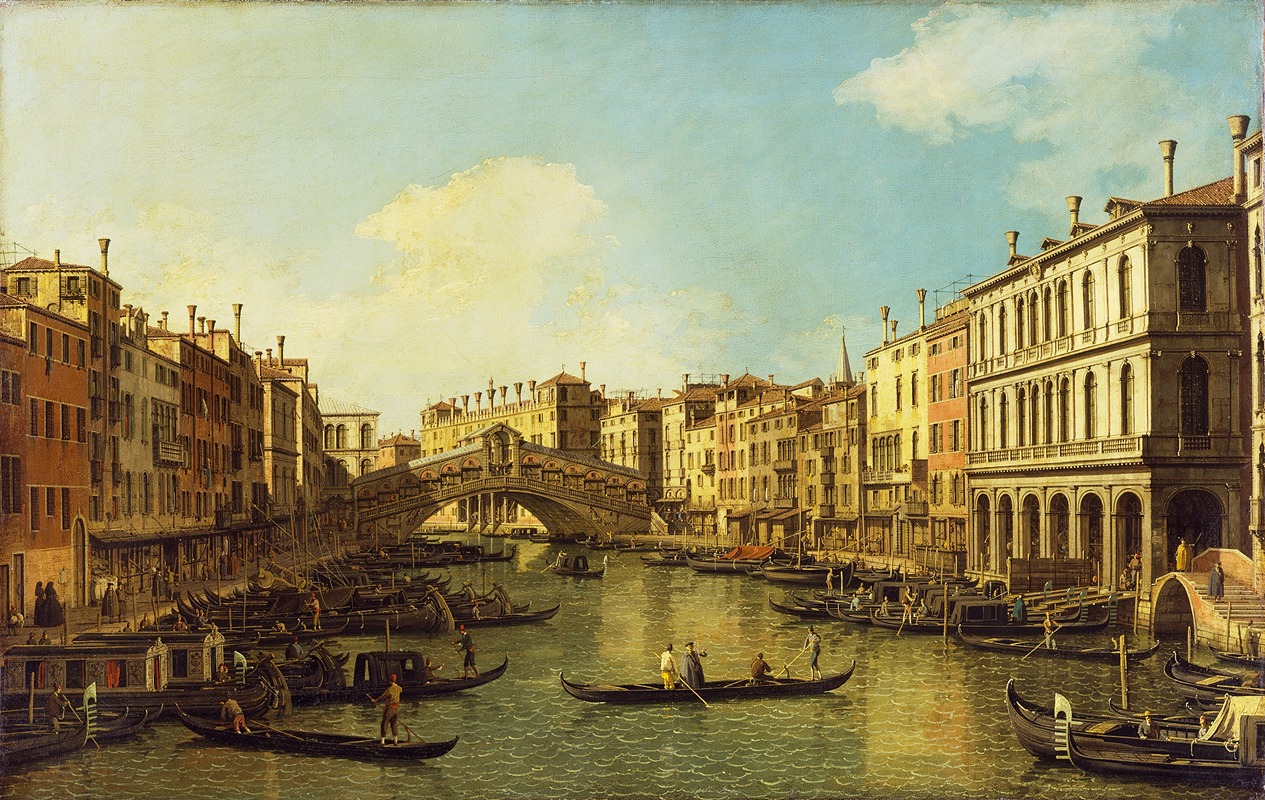
Venice, the Grand Canal from the Palazzo Dolfin-Manin to the Rialto Bridge
A hand-painted replica of Canaletto’s masterpiece Venice, the Grand Canal from the Palazzo Dolfin-Manin to the Rialto Bridge, meticulously crafted by professional artists to capture the true essence of the original. Each piece is created with museum-quality canvas and rare mineral pigments, carefully painted by experienced artists with delicate brushstrokes and rich, layered colors to perfectly recreate the texture of the original artwork. Unlike machine-printed reproductions, this hand-painted version brings the painting to life, infused with the artist’s emotions and skill in every stroke. Whether for personal collection or home decoration, it instantly elevates the artistic atmosphere of any space.
"Venice, the Grand Canal from the Palazzo Dolfin-Manin to the Rialto Bridge" is a renowned painting by the Italian artist Giovanni Antonio Canal, better known as Canaletto. Canaletto, born in 1697 in Venice, was a prominent figure in the 18th-century Venetian school of landscape painting. He is celebrated for his detailed and precise depictions of cityscapes, particularly those of Venice, which capture the essence of the city during its period of grandeur.
This particular painting is a quintessential example of Canaletto's work, showcasing his ability to render architectural detail with remarkable accuracy and his skill in capturing the play of light on water. The painting depicts a view of the Grand Canal, one of Venice's most iconic waterways, stretching from the Palazzo Dolfin-Manin to the Rialto Bridge. The Grand Canal is a major water-traffic corridor in Venice, and it is lined with more than 170 buildings, most of which date from the 13th to the 18th centuries. These buildings demonstrate the wealth and art of the Republic of Venice.
In the painting, Canaletto presents a bustling scene that reflects the vibrant life of Venice during the 18th century. The Grand Canal is animated with gondolas and other vessels, indicative of the city's active trade and commerce. The Rialto Bridge, one of the most famous landmarks in Venice, is visible in the distance. This stone arch bridge, completed in 1591, was the only bridge across the Grand Canal until the 19th century and remains a significant architectural and historical symbol of the city.
Canaletto's work is characterized by its meticulous attention to detail and the use of a camera obscura, a device that allowed him to project images of the cityscape onto his canvas, aiding in the accuracy of his compositions. This technique contributed to the precision for which his paintings are known. His works were highly sought after by English collectors, and he spent a significant portion of his career in England, where his paintings of Venice became popular among the British aristocracy.
The painting "Venice, the Grand Canal from the Palazzo Dolfin-Manin to the Rialto Bridge" is part of a larger body of work that Canaletto produced, capturing various views of Venice. These paintings not only serve as artistic masterpieces but also as historical documents that provide insight into the urban landscape and daily life of Venice during the 18th century.
Canaletto's influence extends beyond his lifetime, as his works have continued to be celebrated for their artistic and historical significance. They offer a window into the past, allowing viewers to experience the grandeur and beauty of Venice as it was centuries ago. His paintings remain a testament to his skill as an artist and his deep connection to the city of Venice.





